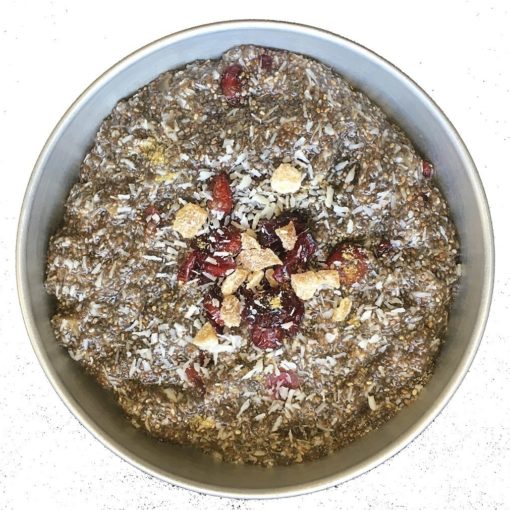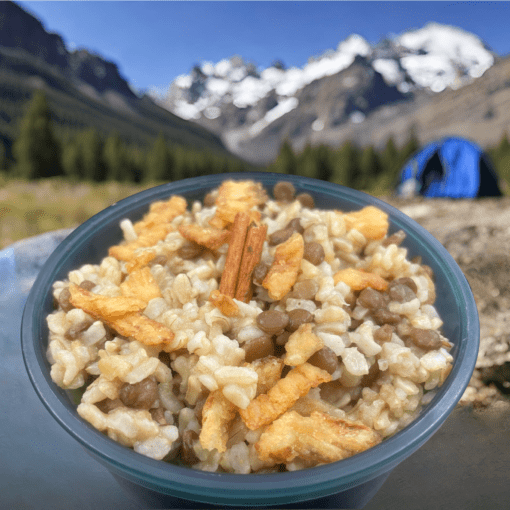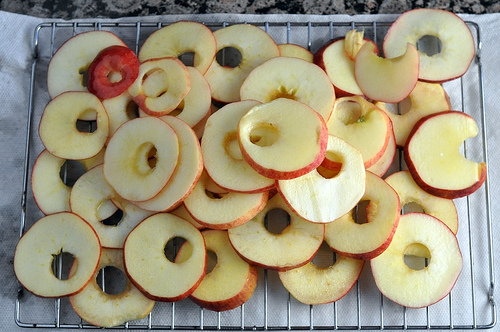Are you looking for a gift for that special someone who spends time on the trail and likes to eat well? The path to a hiker’s heart is food, and good food equates to a good mood. With one of our many gift options, you can fill their belly and warm their heart! Outdoor Herbivore’s backpacking meals make delicious companions for adventure travel. With an average shelf life of two years, these dried meals are ideal for storing until the next adventure, making them a practical gift for any outdoor enthusiast. Gift Choices We understand that one size doesn’t fit […]
Eating enough food is crucial to meeting the energy demands of endurance travel while maintaining overall health and well-being. Endurance marathons such as the annual 4 Deserts Ultramarathon Race, a series of 250-kilometer (155-mile) races across four deserts, require competitors to carry their equipment and food. Running in sandy terrain can burn approximately 500 calories per hour depending on your basal metabolic rate (BMR), pace, and weight. Accordingly, you will have a calorie deficit if you want to keep your pack weight light. For the 4 Deserts Race, which spans seven days, you must carry a minimum of 2,000 calories […]
Prepare this flavorful mix for a portable, no-cook breakfast for when you want to hit the trail. It also works great for adding calories and protein to oats. Check out our rehydration food pouches for convenient storage. You can also store it in a Mason jar for use at home. When sealed in a cool, dry place, the mix can be stored for up to 2 years. Chia seed is great for athletes and backpackers because it has a high amount of protein (20%), dietary fiber (25%), essential fat (34%), antioxidants, and trace minerals to provide you with lasting energy. Chia […]
This recipe doesn’t require cooking and dehydrating. Instead, this recipe uses instant dried ingredients that only need hot water to cook and are ready to eat in 10 minutes. Prepare this mix for a portable, quick meal option when you want to hit the trail. See our heat-safe rehydration food pouches for backpacking. Additionally, you can store this mix in a Mason jar for convenient meals at home, or use it as a thoughtful gift for seniors and those in need. See Outdoor Herbivore’s backpacking meals and products containing lentils.
Dried fruit is a delicious and nutrient-dense snack, which is convenient when you need to refuel with carbohydrates from backpacking. It satisfies hunger pangs and packs a punch of health benefits, making it the perfect on-the-go snack for hiking adventures. For instance, the phenols, fiber, and antioxidant content in apples reduces chronic conditions, including diabetes, heart disease, and cancer, while the potassium in a banana, a key component of many dried fruits, plays a crucial role in maintaining muscle function. Dry fruits contain multiple vitamins (A, B, C, Calcium, Iron, and Magnesium) and are loaded with fructose, a natural fruit […]



